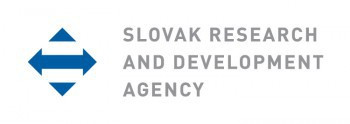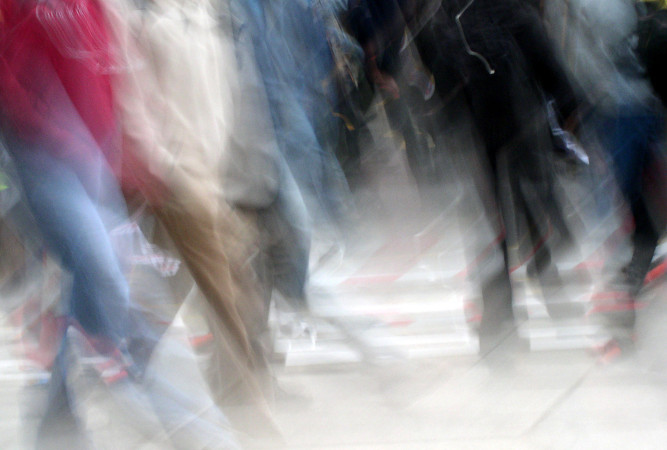Reproductions of Religious and Worldviews Structures in Slovakia. A Hundred and Fifty Years of Change.

Project: APVV-22-0063
Duration: 07/2023 to 06/2027
Principal investigator: doc. Mgr. Miroslav Tížik, PhD.
Co-investigators:
Institute for Sociology, Slovak Academy of Sciences:
PhDr. Bohumil Búzik, PhD.
Mgr. Michal Puchovský, PhD.
Mgr. Milan Zeman
Institute of Political Sciences, Slovak Academy of Sciences:
Mgr. Norbert Kmeť, CSc.
Mgr. Juraj Marušiak, PhD.
Sanja Zlatanović, PhD.
Comenius University in Bratislava:
doc. RNDr. Tatiana Bužeková, PhD.
Mgr. Michal Uhrin, PhD.
Mgr. Marcela Káčerová, PhD.
Mgr. Juraj Majo, PhD.
Project summary
In 2021, the 15th census of the population in Slovakia took place. Twelve of them have indicators of religion and worldview. This time series enables a unique way of analysing changes in the worldview profiles of society at the level of municipalities, regions, or specific religious groups. After 1989 a gradual pluralisation of the worldview structure began. However, only since 2011 has the proportion of those who claim to belong to small religious groups and those with no religious affiliation been growing significantly. The not-yet-detailed results of the 2021 census already point to some forms of change in all worldview groups. Setting the latest census results in a 150-year-long chain of censuses also raises the question of what factors, and in what form, influence the ability of some worldview structures to reproduce and grow, while others stagnate or gradually disappear. By describing the basic trends in the development of worldview structures from 1869 to the present and combining further quantitative and qualitative analyses, the project aims to explain the underlying factors that have influenced the reproduction of different worldview structures. Setting the analysis in the context of current international research on the reproduction of worldview systems will help not to neglect the influence of basic civilizational trends on these processes in Slovakia. The achievement of three partial objectives will lead to the fulfilment of this goal: 1. To analyse the historical dynamics of change in the structure of the Slovak population in terms of worldview. 2. To critically assess the methodological risks of measurement and to indicate the possible effects of measurement on specific results. 3. To show the possibilities of reproduction of different confessional and worldview structures in the crucial periods of modern history - at the time of significant modernization of Slovakia (1948-1989) and in the following period of building a pluralistic and market system.
